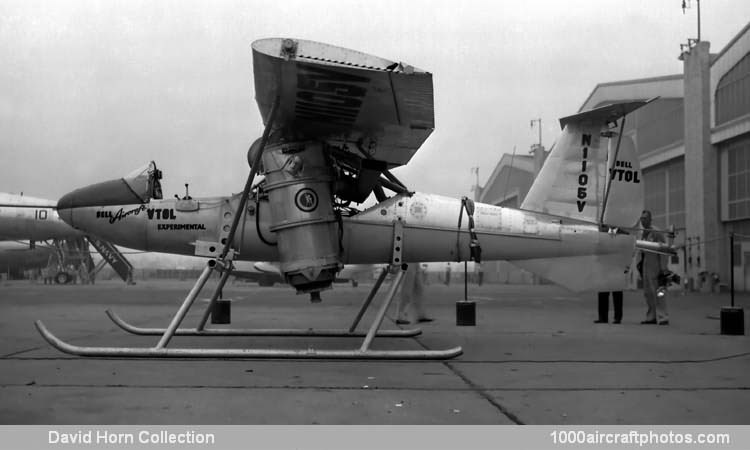04/30/2010. Remarks by Johan Visschedijk: "The ATV (Air Test Vehicle) was an experimental jet-propelled vertical-rising winged aircraft which used two jet engines to provide thrust for both vertical and horizontal flight. Two 1,000 lb (454 kg) st Fairchild J44 turbojet engines were mounted alongside the fuselage, one on each side, and could be rotated through 90° from a vertical position for take off and landing to a horizontal position for forward level flight.
For take off and low-speed flight compressed air supplied by a separate turbo-compressor powered Continental-Turboméca Palouste gas turbine was ejected from nozzles at the wing tips and tail to provide pitch, yaw and roll control. When sufficient forward speed was attained, flight control was provided by conventional ailerons, rudder and elevators.
The ATV was a private venture test vehicle which had been built up from a number of readily available components, including a T-tail Schweizer 1-23 sailplane fuselage, a Cessna 170 wing, and Bell 47 landing gear, so that it could be completed as quickly and as cheaply as possible to prove the theory of vertical take off. The two Fairchild engines were obtained on loan from the USAF.
The first tethered flight was made in January 1954, while the first free vertical flight was made on November 16, 1954, on both occaisions the ATV was flown by test pilot David Howe. The ATV never completed a full transition, as after only 4.5 hours flying time the project was terminated due to performance limitations. The aircraft was subsequently donated to the Smithsonian."
